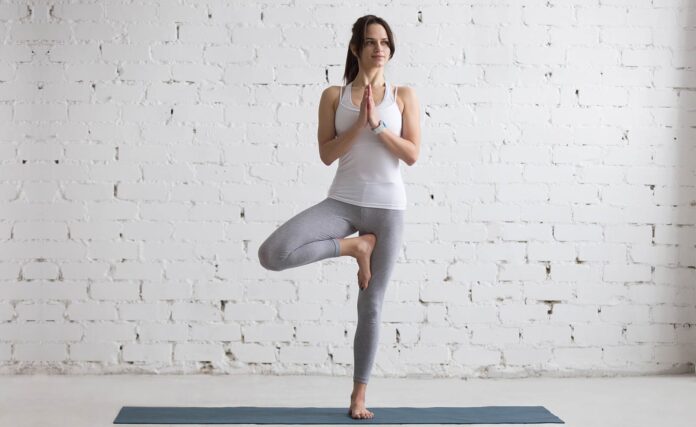
Isometric or static exercises are underestimated by many athletes who are gaining muscle or trying to lose weight. This is because we think stereotypically – faster, higher, stronger. It seems that the more weight or faster running, the better the result. This is true, but not always. To get off the ground, sometimes you have to resort to atypical training methods, namely static. So let’s take a look at the benefits of this method and the best exercises.
Plank
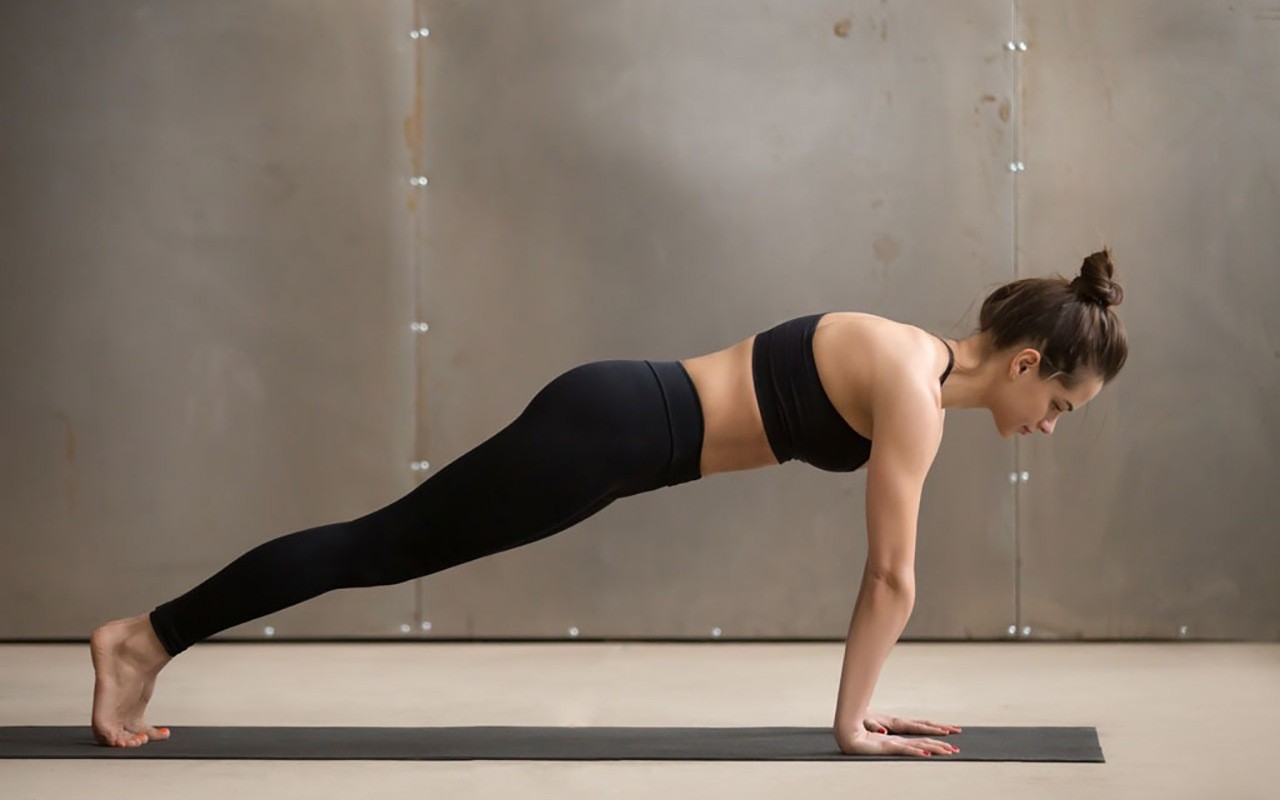
The most common exercise that develops the major external muscle groups and the deep stabilizing muscles. The simplicity of the exercise and, at the same time, the difficulty of maintaining an even position develops both muscle strength and endurance. The plank improves posture and works your core muscles perfectly.
It is necessary to place your palms strictly under the shoulder joints, and the feet shoulder-width apart, building a continuous, even line of the whole body. When doing the plank, it is important to keep your abdominal muscles tense at all times to prevent your lower back from arching. You need to maintain the position as long as the body can withstand in the correct position.
Click the LEARN MORE button to see the rest of the article
Side Plank
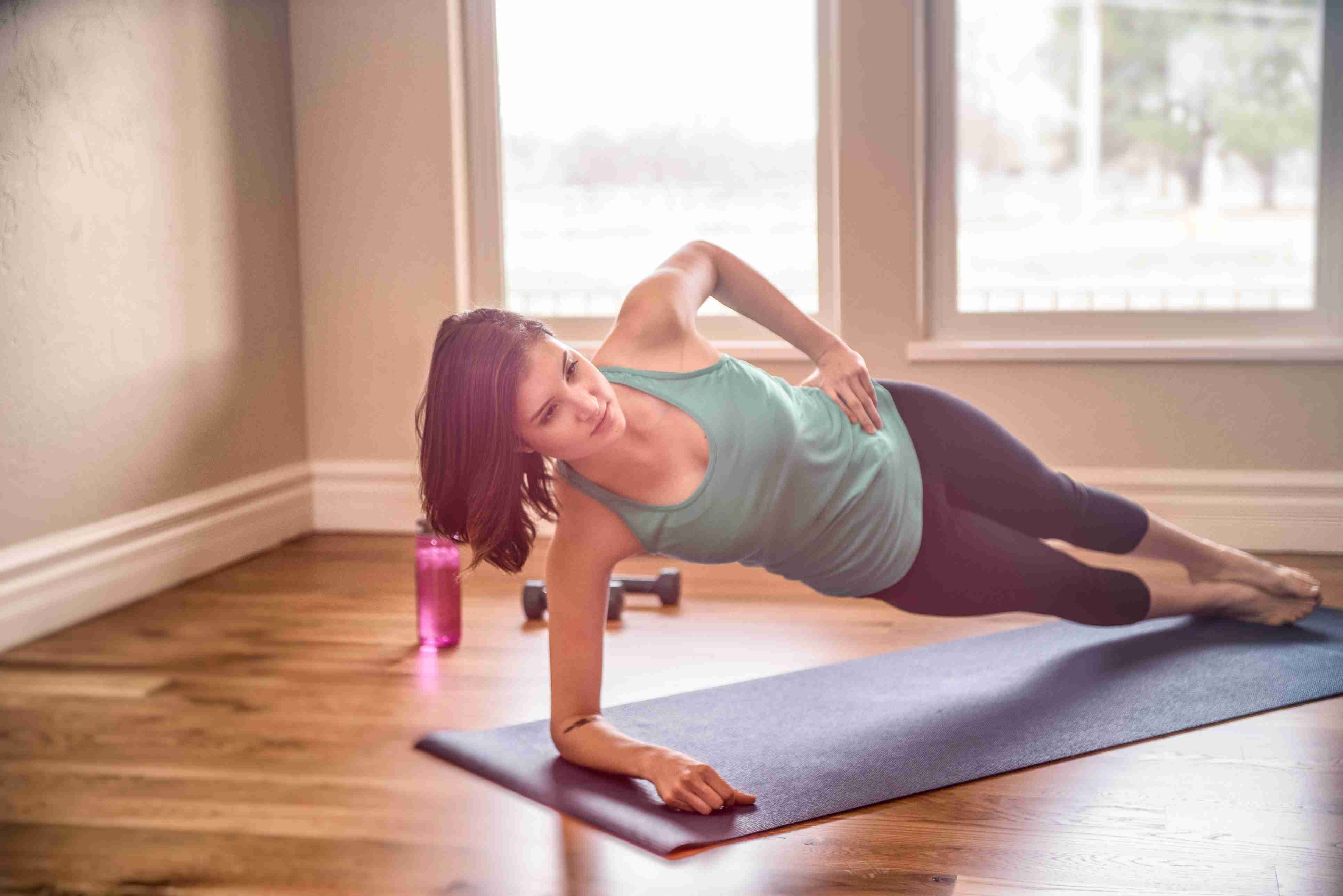
This type of plank is performed on one hand in a vertical plane. The muscles of the arms and the oblique muscles of the abdomen receive the main load. But the back, hips, and buttocks work no less intensely while maintaining a stable position.
It is necessary to take a position in which the supporting arm will be located strictly vertically, and the body will form a straight line together with the hips, without sagging in the hip joint. The exercise is performed on both sides for the same amount of time.
Reverse plank
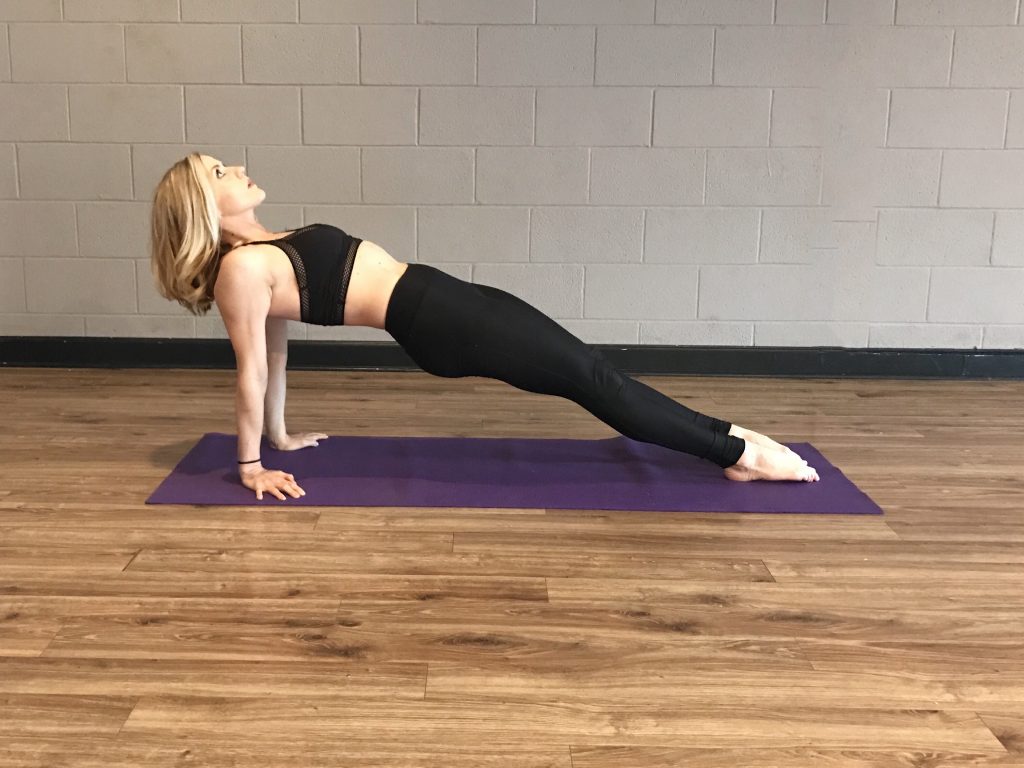
This version of the plank also develops all the muscles of the body, especially the back and shoulder girdle. Abs and quads work no less.
When performing the exercise with the stomach up, it is important that the hands are clearly under the shoulder joints, and the feet are hip-width apart, although in this option it is not essential. It is important to keep your spine perfectly level and not to sag your buttocks off the floor. Also, do not raise the pelvis too high, arching the lower back in an arc.
Reverse plank on one leg

The modification of the previous version is much more difficult and suitable for more advanced training, especially in static load. The starting position is performed in the same way, but it is complicated by the option of lifting one leg up, in which the leg should be kept straight or bent at the knee.
It should be understood that the load increases significantly, especially on the muscles that keep the spine in an even position. The pose is held with an emphasis on each leg for the same period of time.
Table Pose

A lightweight version of the reverse plank, in which the legs are bent at the knees at right angles. In this position, the stomach looks at the ceiling, the hands are under the shoulder joints, and the heels are strictly under the knees. The distance between the feet is equal to the width of the pelvis.
In this case, the buttocks, lumbar extensors and abdominal muscles are heavily loaded. Make sure that the pelvis does not sag above the floor, for this, tighten the stabilizers – the stomach and buttocks.
Downward Facing Dog Pose
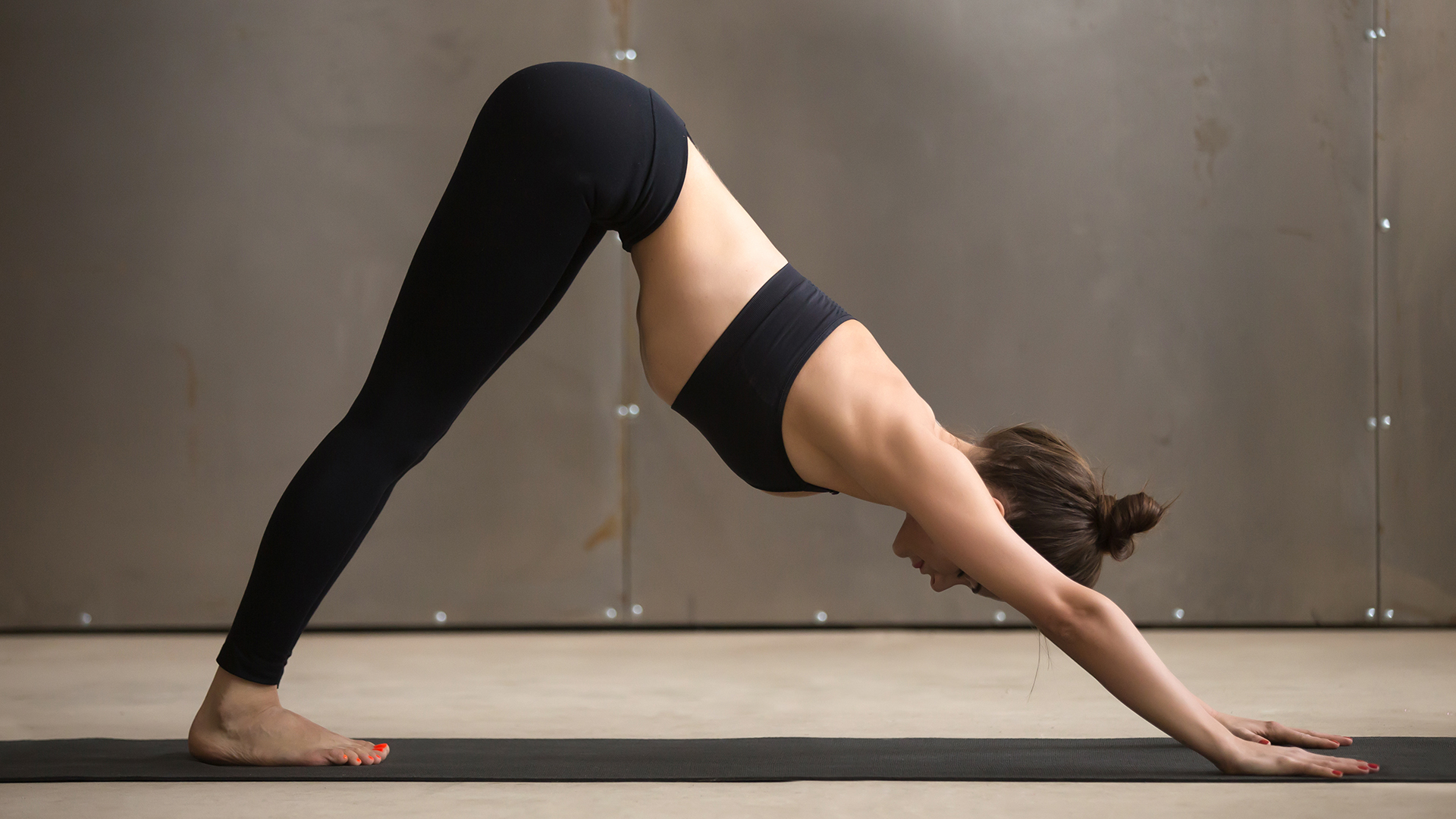
Another popular yoga exercise that not only strengthens all the muscles in the body but increases the flexibility of the muscles in the back of the body and stretches the spine.
From the plank position, it is necessary to move the pelvis up, lowering the chest as much as possible to the floor on straight arms. Keep your knees straight. The tailbone tends upward. It is important to stretch the spine as much as possible, while not swinging, but relaxing.
Static exercises for the buttocks
Bridge Pose
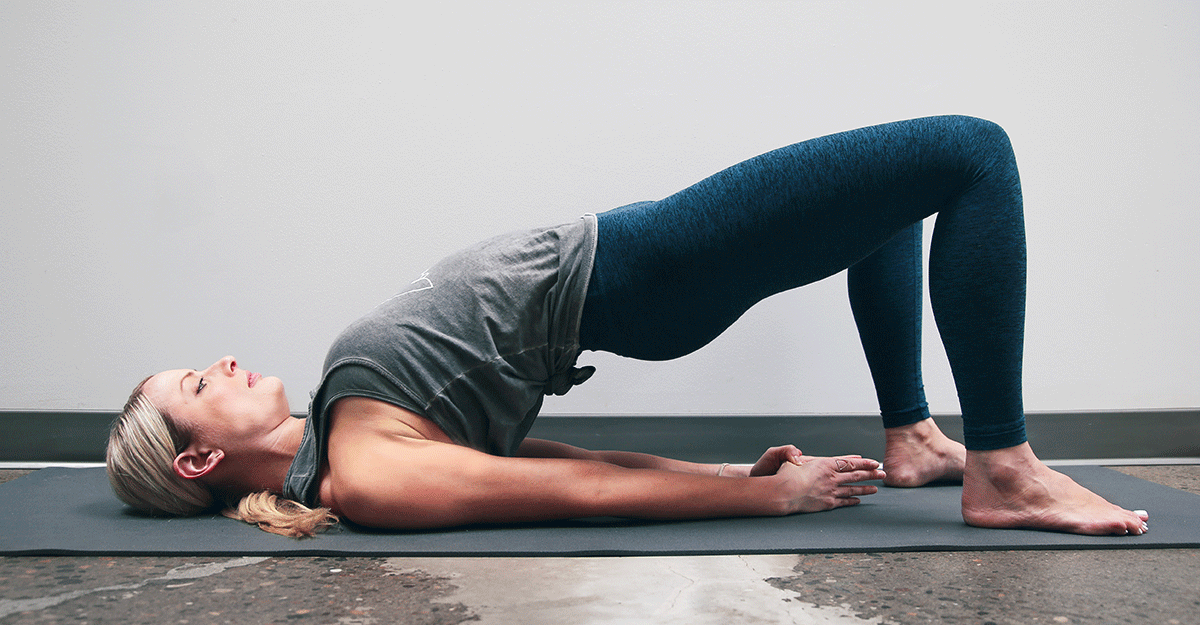
The exercise develops and loads the gluteal muscles, additionally the hamstrings and lumbar extensors. Lying on your shoulder blades, you need to put your feet under your knees, with your heels closer to the buttocks. Tear the pelvis off the floor and lift it up, building a straight line of the body.
It is necessary to hold the bridge with the effort of the gluteal muscles, as well as the rectus abdominis muscle, to prevent possible hyperextension of the lower back. The ribcage should not protrude too much. Also, the shoulder bridge can be performed while standing on one leg.
Chair Pose
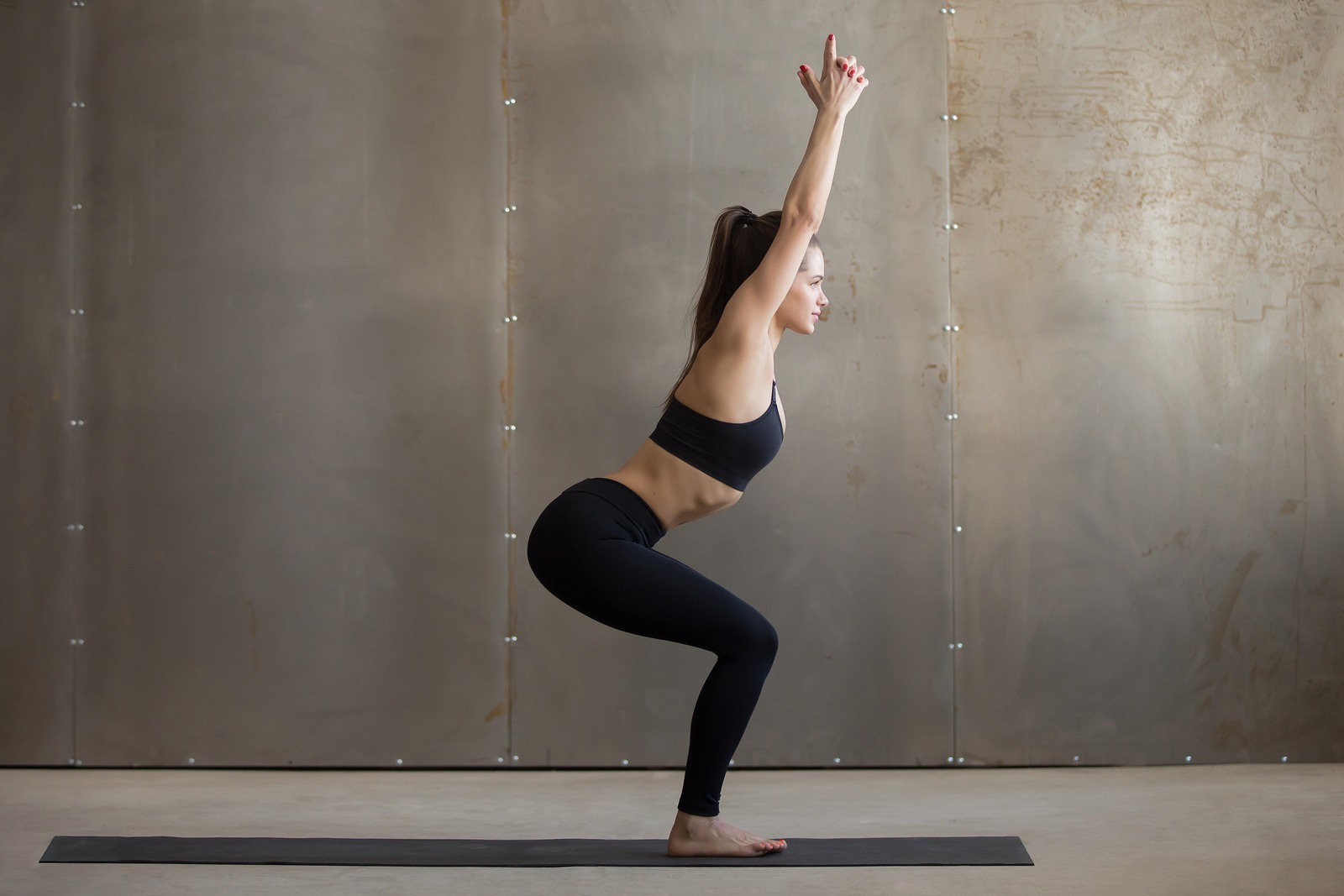
The option loads the buttocks, lower back, and thigh muscles.
- It is necessary to put your feet in the width of the pelvis and raise your arms up.
- Then tilt your torso at 45 degrees, bending your knees slightly, as if sitting on a chair.
- Hold the position as much as possible.
Raising the legs lying on the stomach or locust

In this exercise, it is necessary to control the tension of the press, in which the lower back does not bend when lifting the legs above the floor. The amplitude is very small, but the tension in the gluteal muscles is quite intense.
Static exercises for the back and hips
Torso tilt
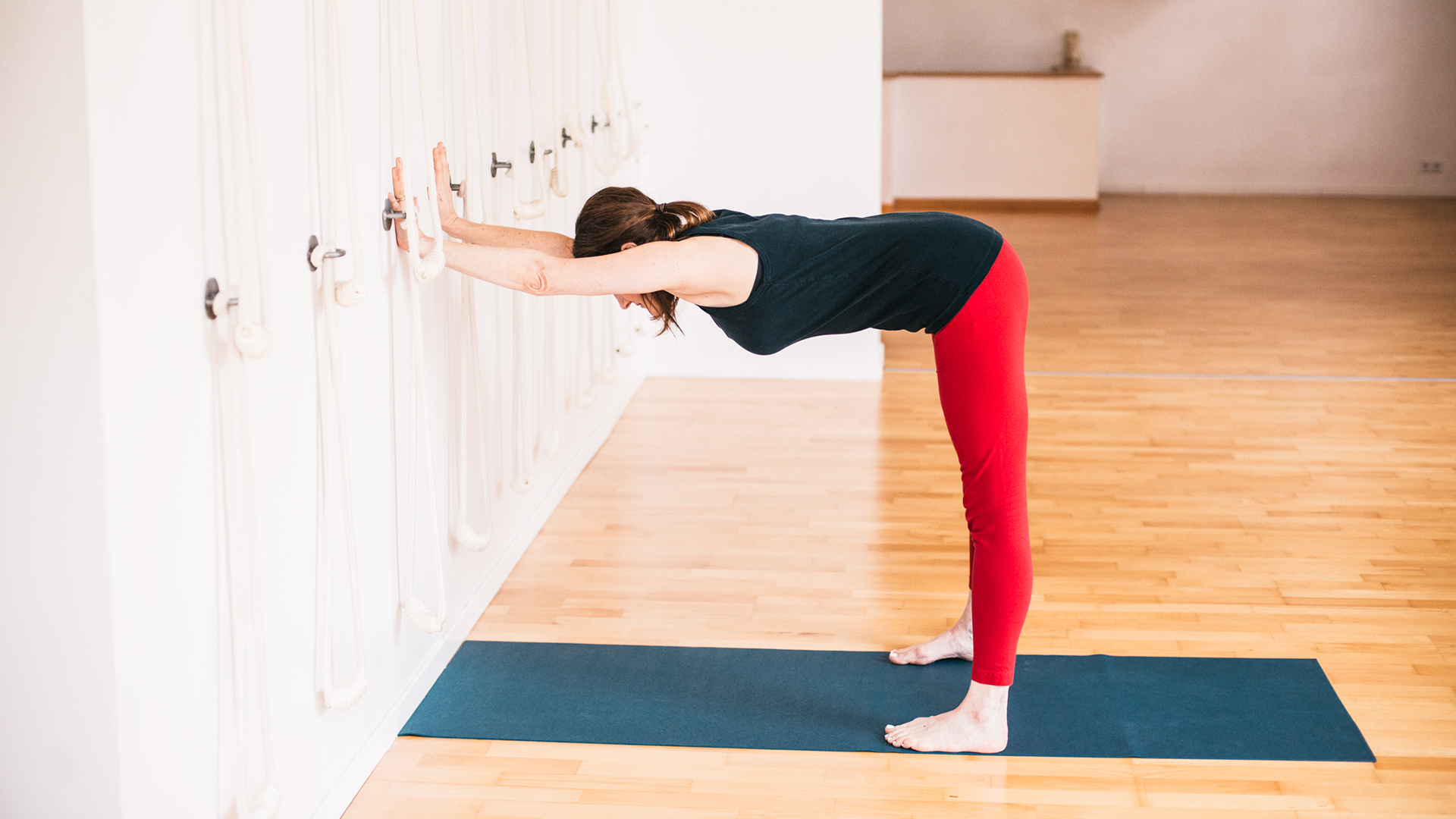
Standing, place your feet across the width of the pelvis and raise your arms up. Tighten your abdominal muscles and tilt your torso with an even spine forward until parallel with the floor. The knees remain straight. Maintain tension in the abdominal muscles at all times and do not round your back.
Virabhadra – warrior
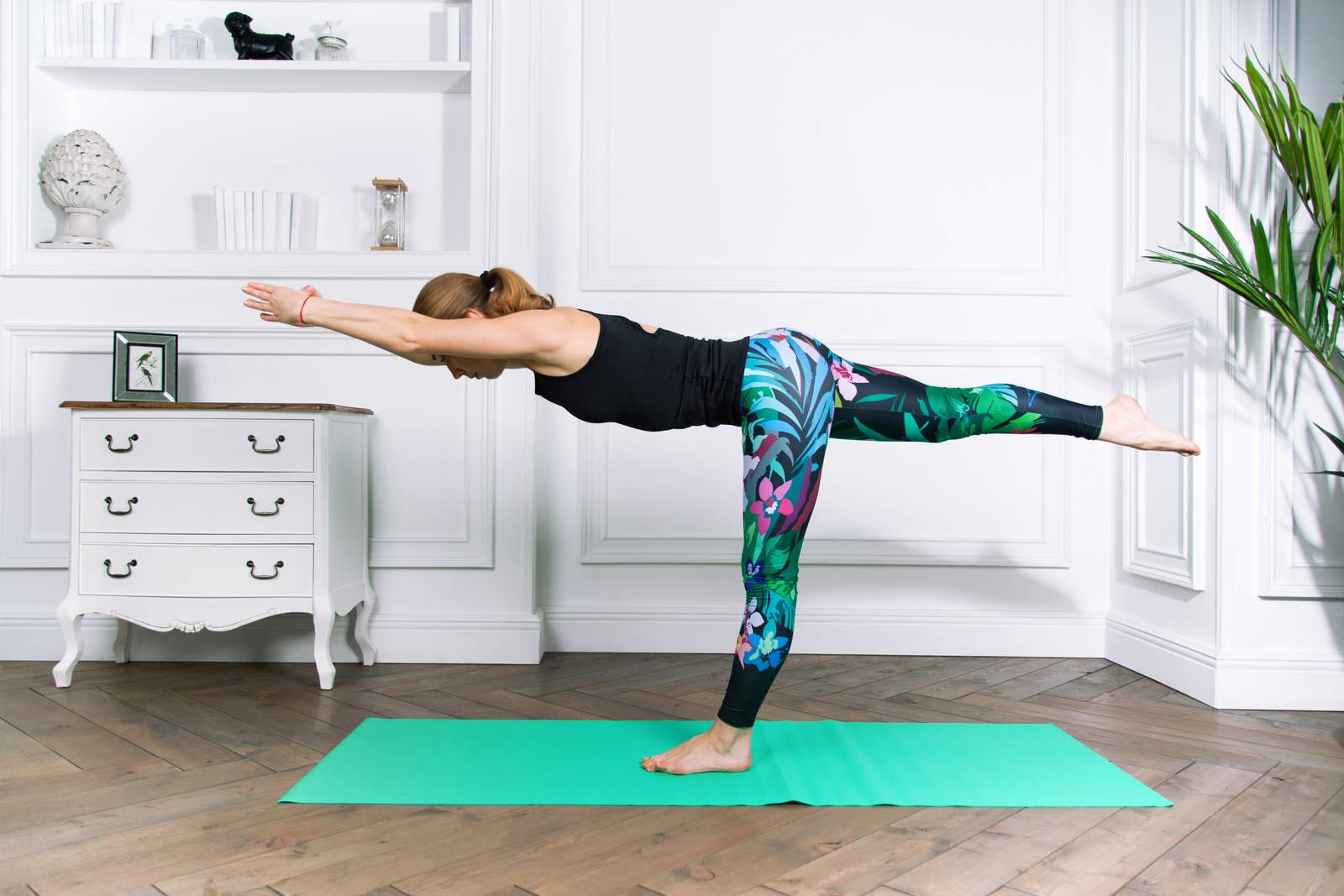
In addition to strengthening the back and hips, the swallow perfectly develops balance. Standing with your arms raised above your head, bend forward with an even body while lifting your leg backward, forming a solid line with your back and arms. Maintain balance, then repeat while standing on the other leg.
The Tree Pose
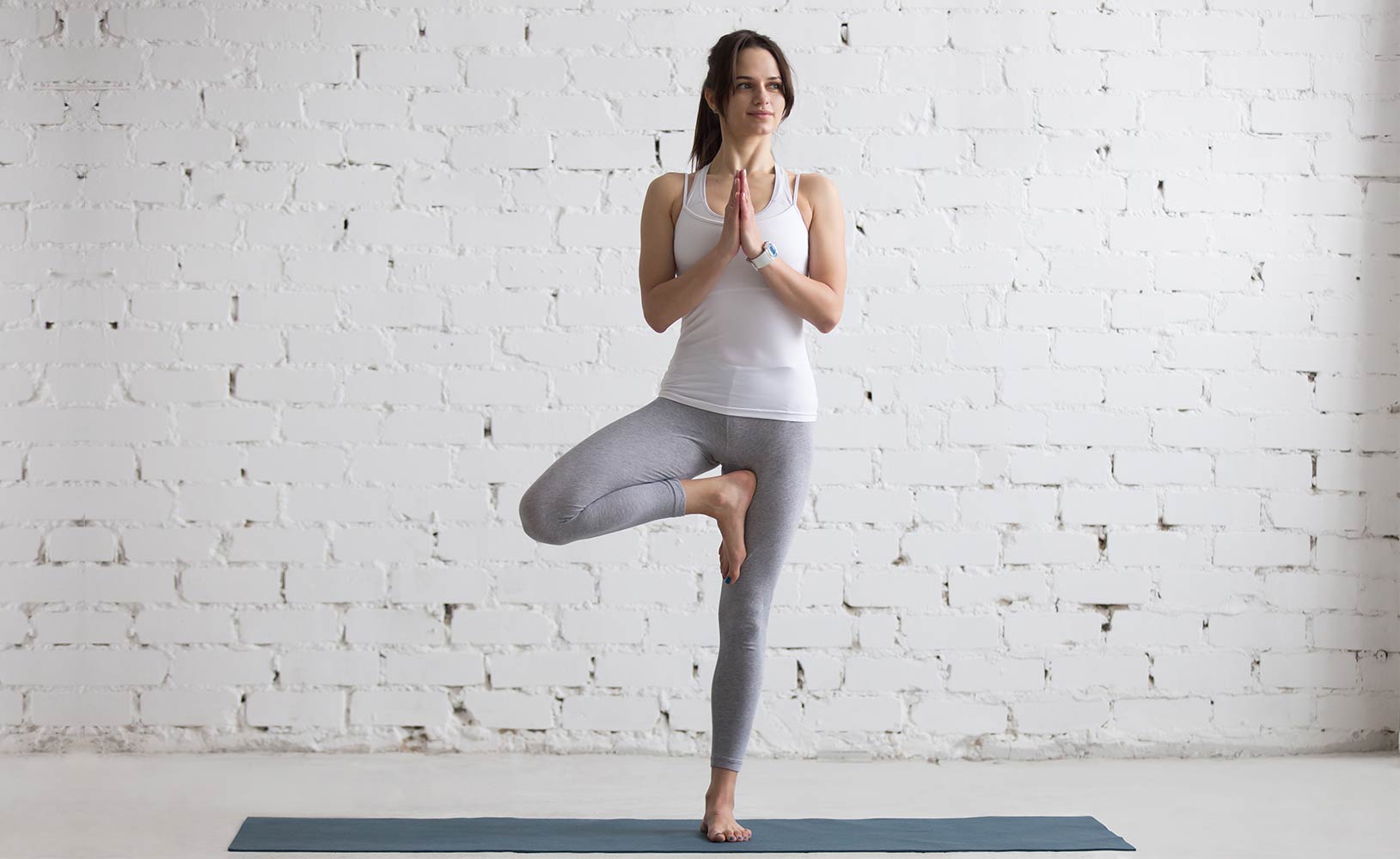
A seemingly simple exercise perfectly strengthens the adductor muscles of the thigh, which work least of all in the previous versions. The essence of the exercise is not just in maintaining balance but in the pressure of the foot on the adducting surface of the thigh of the supporting leg, in which the muscles tighten, resisting the pushing of the foot. Performed on both sides.
Boat on belly
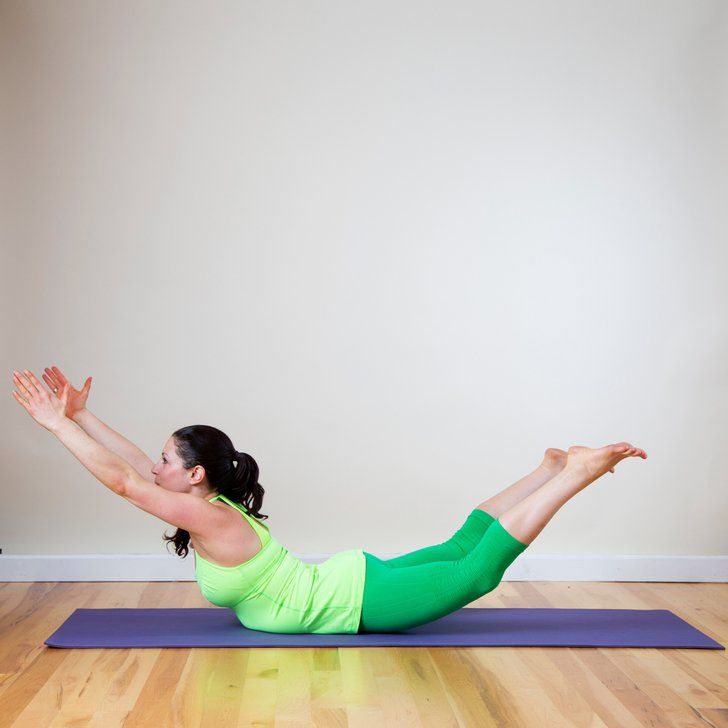
As it is also called, static hyperextension, in which both the trunk and the legs rise at the same time. Exercise strengthens the entire back of the body. It is important to keep in tension not only the back and buttocks but also the abdominal muscles so that the deflection in the lumbar spine is not so pronounced.
Cobra
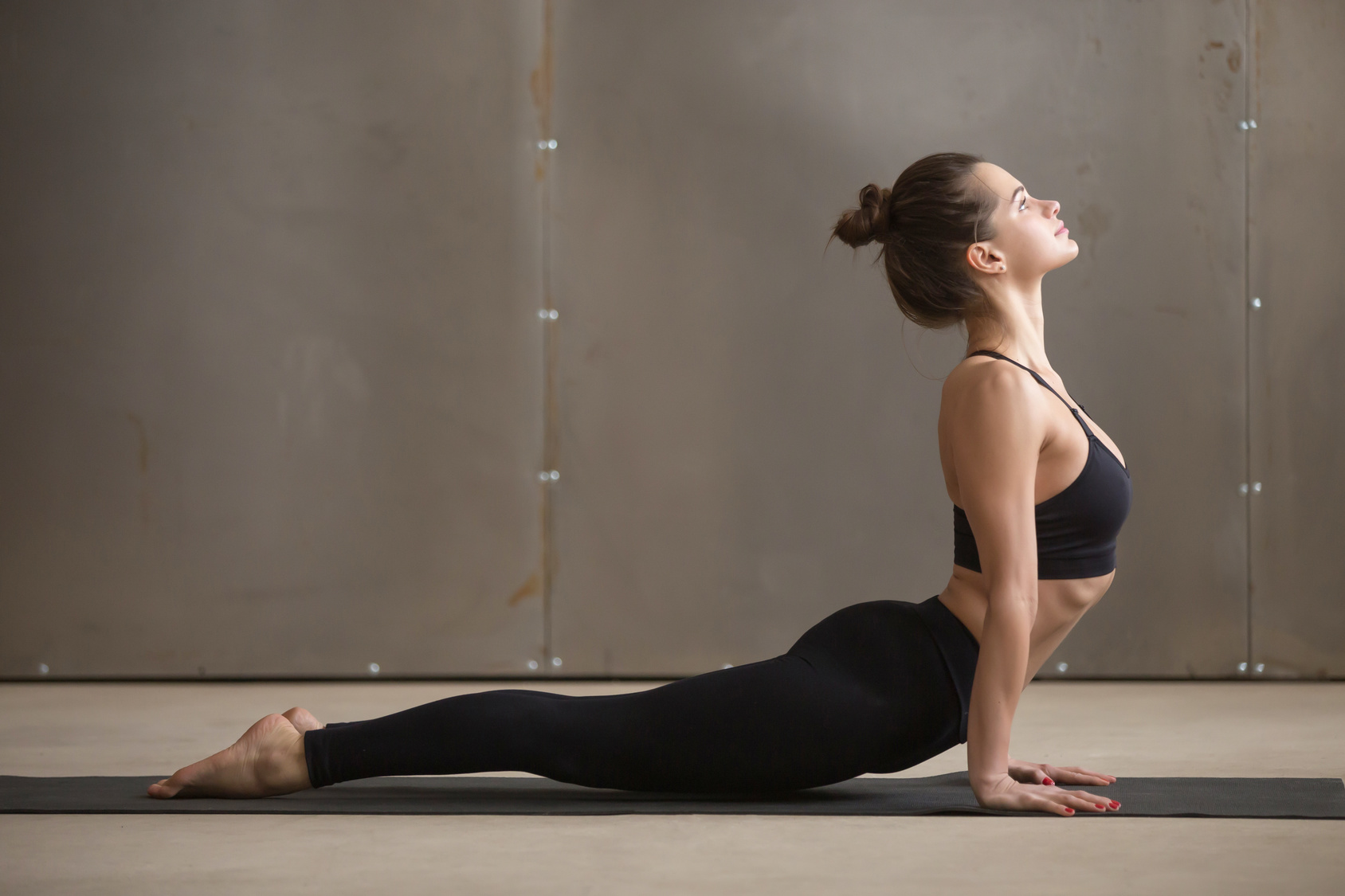
Lying on your stomach, lift the chest region off the floor and rest on your forearms. Place your elbows under your shoulder joints. Further, due to the tension of the back muscles, push the ribcage forward, collecting the shoulder blades as close to each other as possible. Maintain a position without raising your shoulders to your head, try to lengthen your neck.
Static ab exercises
Boat on the back
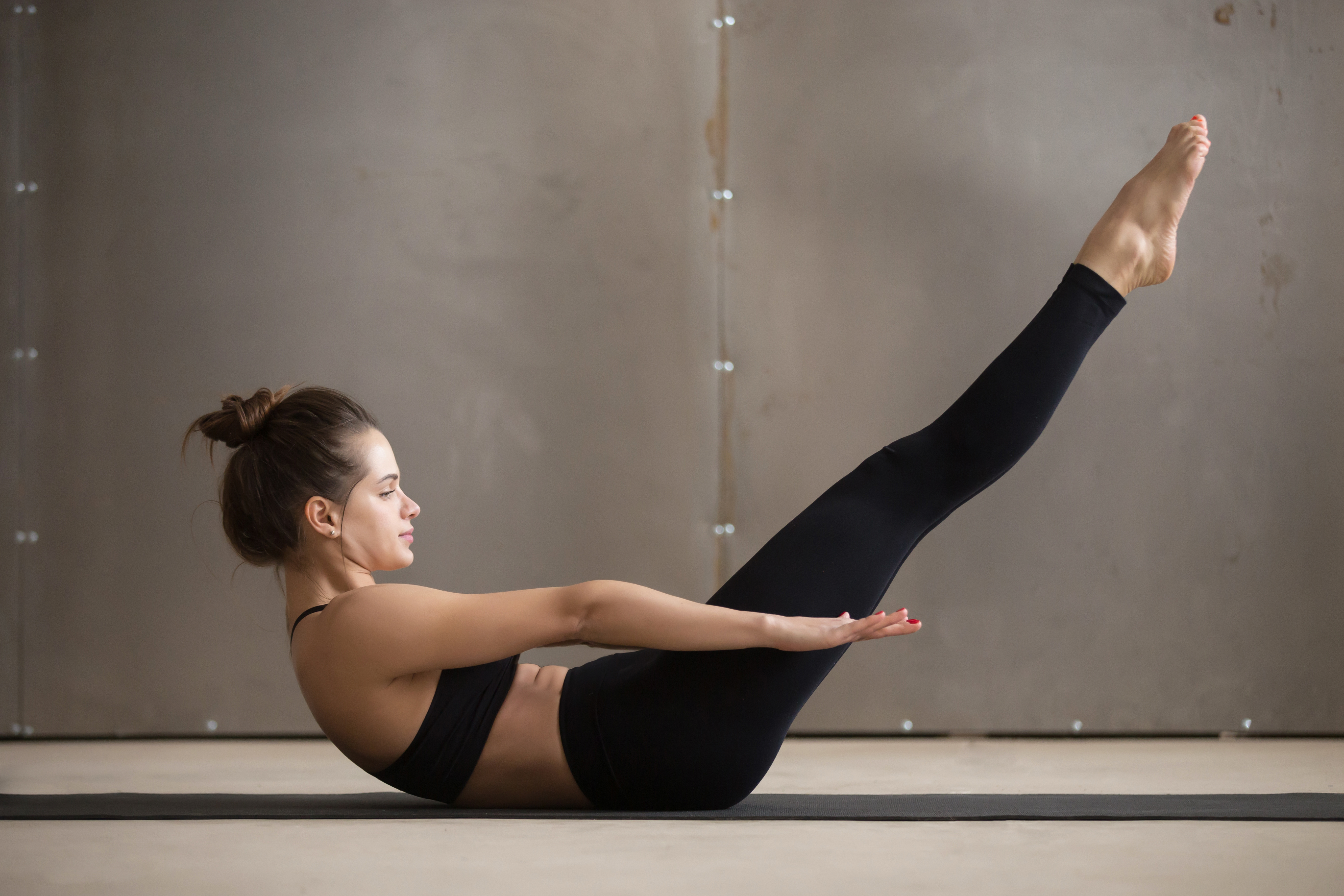
Lie on your back with your arms at your sides. Bring your feet together. Tear your chest off the floor by twisting your upper body while lifting your feet. The position is maintained due to the tension of the abdominal muscles, while in no case should you hold your breath.
Standing side bend.
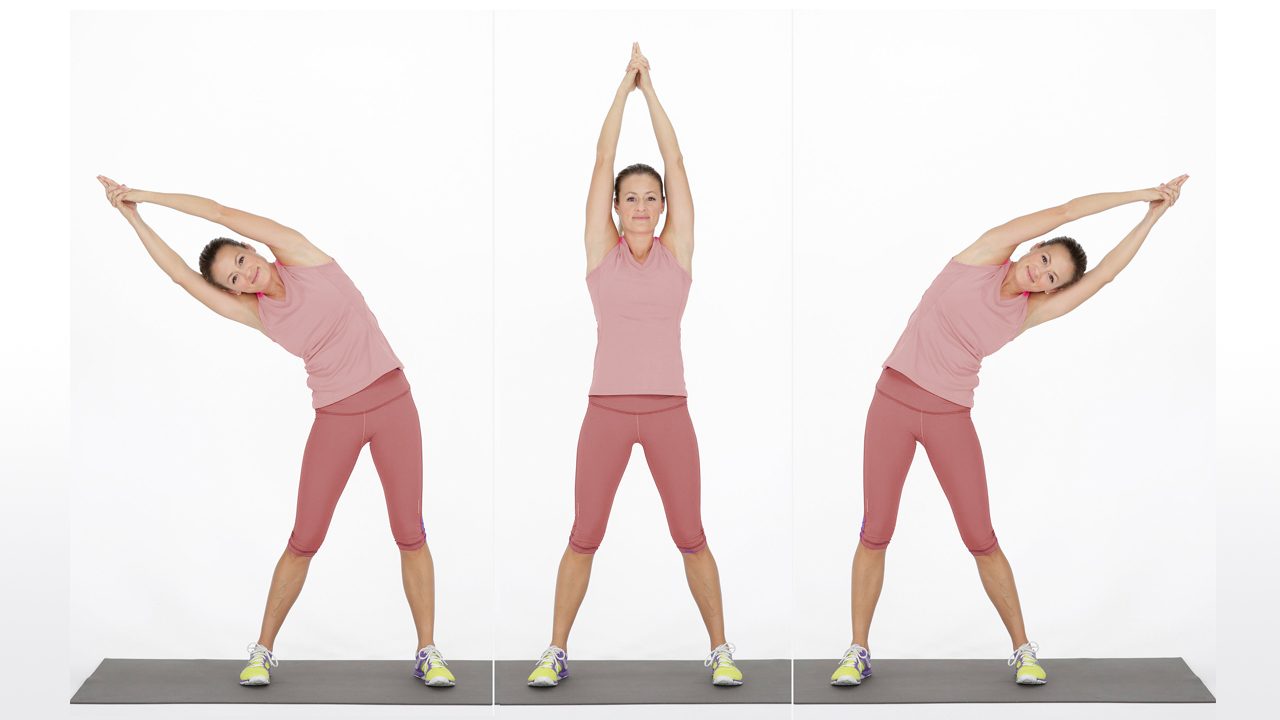
This option strengthens and stretches the oblique abdominal muscles. Standing with your feet hip-width apart, raise one hand above your head and tilt to the opposite side of your hand. Do not take your pelvis to the side. Hold the slope for a certain amount of time, then switch sides.
Corner
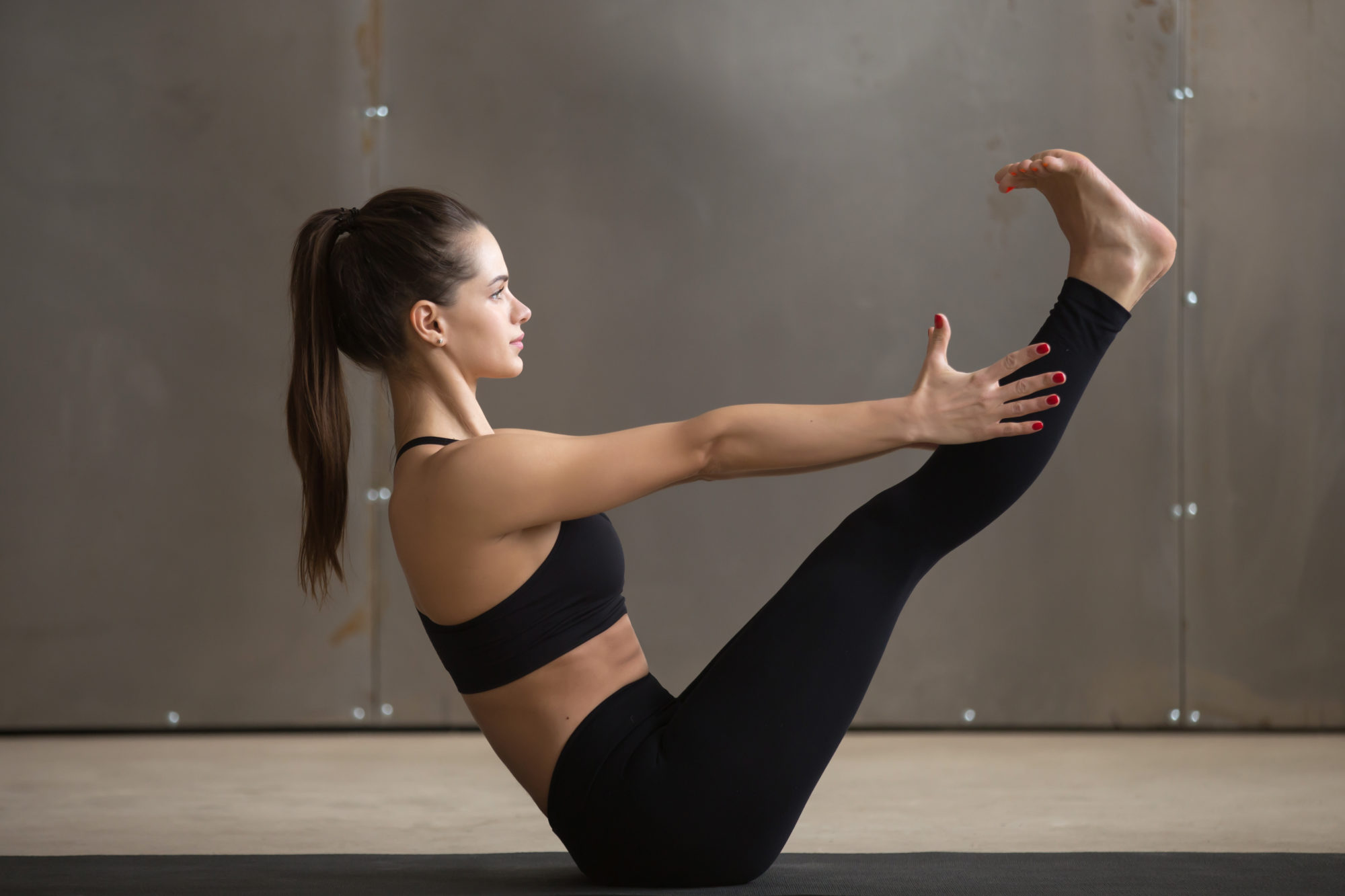
Sitting on your buttocks, straighten your back and pull your torso back at a 45-degree angle, straining your abs. Lift your legs off the floor and lift your shins. Knees can be kept straight – difficult option, or bent. Keep your hands in front of you. Don’t round your back.
